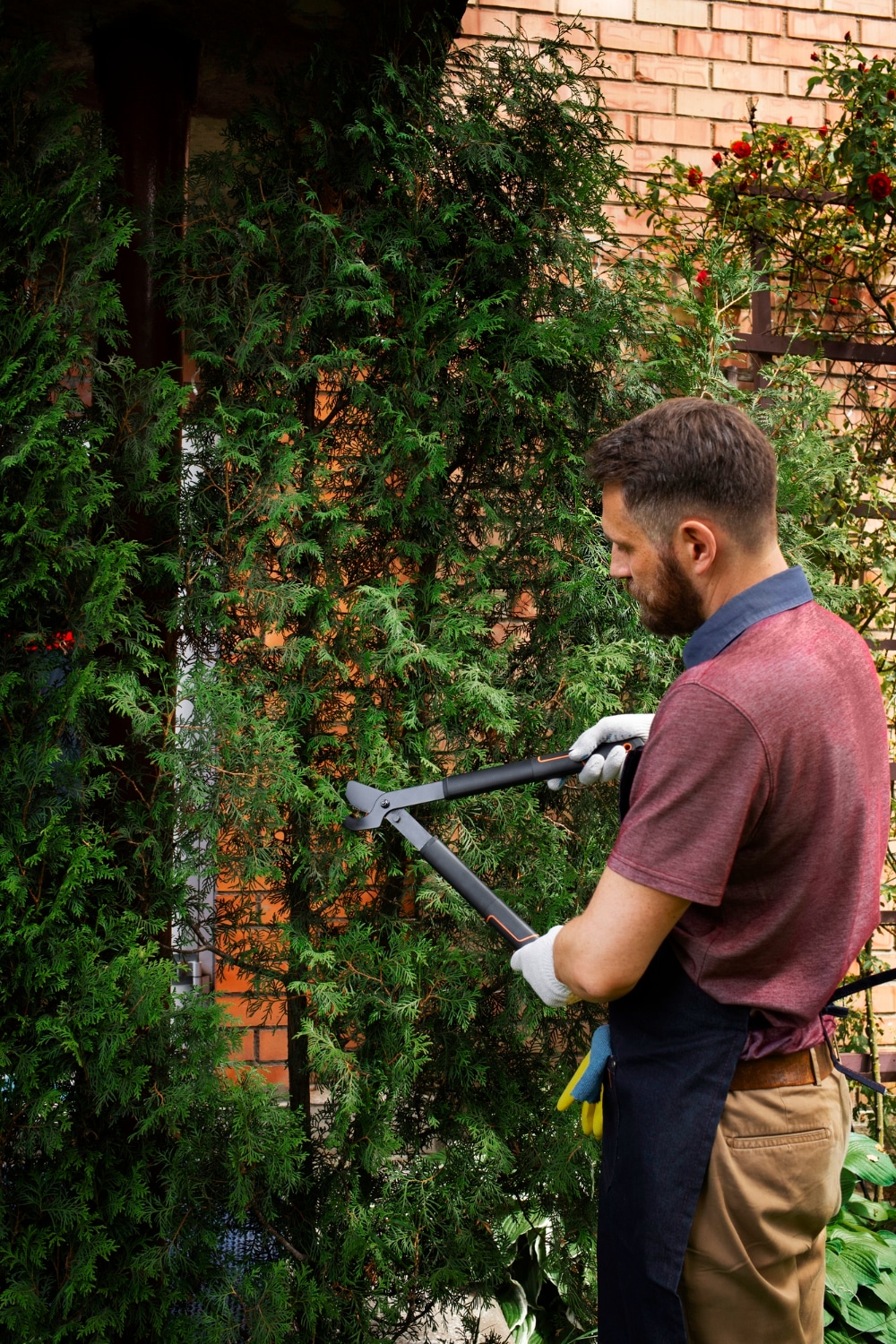Invasive plants pose a serious threat to Austin’s natural beauty and ecosystem. These unwanted species can quickly take over parks, greenbelts, and even our backyards, pushing out native plants that our local wildlife depends on.
The City of Austin has identified 24 major invasive plant species that cause significant damage to our Central Texas environment, including common culprits like giant reed, water hyacinth, and glossy privet.
Many invasive species spread because people plant them without knowing their destructive potential. The good news is that we have many effective ways to manage these unwanted plants in yards and community spaces. From simple hand-pulling to more complex treatment methods, we’ll show you the best practices for controlling invasive species while protecting our native plants.
Identification and Impact of Invasive Plant Species
Invasive plants in Austin pose significant threats to our local ecosystems and economy. These non-native species spread rapidly, disrupting natural habitats while requiring costly control measures.
Recognizing Invasive Species in Central Texas
Common visual indicators:
- Rapid growth and spreading patterns
- Dense clusters that choke out other plants
- Extensive root systems
- Abundant seed production
Many invasive plants in Austin share specific traits. For example, ligustrum grows in thick stands with dark green waxy leaves. Chinese tallow displays heart-shaped leaves that turn bright red in fall, and giant reeds form tall bamboo-like stalks near waterways.
Local invasive plants thrive in disturbed areas, often appearing first along roadsides, construction sites, and stream banks. You can spot new invasions by looking for plants growing unusually fast or forming single-species patches.
Ecological and Economic Impacts
Invasive plants damage Austin’s natural spaces in multiple ways:
- Push out native plant species
- Reduce food sources for wildlife
- Change soil chemistry
- Increase fire hazards
- Block waterways
These unwanted plants cost the city millions in control efforts each year, and parks and preserves spend significant resources removing invasive species. Private landowners face rising maintenance costs, too.
The impacts extend to water resources, as some invasive species drink more water than native plants. Others clog irrigation systems and drainage channels, leading to increased flooding risks and higher water management costs.
Best Practices for Management and Prevention
Effective control of invasive plants in Austin requires a mix of proven methods and ongoing prevention. Multiple strategies work together to create the strongest defense against unwanted species spreading through our gardens and natural areas.
Integrated Pest Management (IPM)
IPM combines different control methods to manage invasive plants effectively, and we recommend starting with the least harmful approach first.
Control Methods:
- Cultural: Maintain healthy native plant communities
- Manual: Hand-pulling and digging out invasive plants
- Mechanical: Mowing, cutting, or using specialized equipment
- Biological: Using natural predators or plant diseases
- Chemical: Targeted herbicide use as a last resort
The best time to remove invasive plants is before they produce seeds, and regular monitoring helps catch new invasions early when they’re easier to control.
Weed Prevention Techniques
Clean equipment and shoes after working in areas with invasive plants because seeds can spread easily on tools and clothing. Watch for new invasive plants appearing in your yard, as quick action prevents them from getting established.
Key Prevention Steps:
- Plant native species in your garden
- Remove invasive plants before they go to seed
- Avoid moving soil from infested areas
- Check mulch and soil materials for weed seeds
- Keep bare soil covered with desirable plants
Habitat Restoration Strategies
Replace removed invasive plants with native species that match local growing conditions. Native plants support local wildlife and resist invasion. You can also join local restoration projects through Austin’s Adopt-a-Creek program. Working together makes a bigger impact on protecting Austin’s natural areas.
Restoration Tips:
- Research which natives grow well in your area
- Plant in groups to create strong plant communities
- Water new plants until established
- Add native wildflower seeds to bare areas
- Monitor restored areas for new invasive growth
Local Resources and Community Involvement
Austin offers several programs and partnerships to help residents fight invasive plants. Local organizations work together to protect native ecosystems through education, monitoring, and hands-on management.
City of Austin’s Grow Green Program
The Grow Green program teaches residents about plant choices that protect the local environment. The program offers free guides and workshops to help people select native plants for their gardens. Residents can also join the Adopt-a-Creek program to help remove invasive species from waterways. This hands-on work makes a real difference in protecting Austin’s natural areas.
Additionally, the Austin Parks Foundation trains volunteers through the Adopt-a-Park program. Here, you can participate in regular workdays to remove harmful plants and restore native species.
Texas Parks and Wildlife Department Efforts
TPWD leads scientific monitoring of invasive species across the state, and their team tracks the spread of problematic plants and creates management strategies. The department provides detailed identification guides to help you recognize invasive plants. These resources include photos and descriptions of common problem species in Central Texas.
TPWD works with local groups to coordinate removal efforts, offering training sessions for volunteer groups and land managers who want to protect natural areas.
TreeFolks partners with TPWD on riparian restoration projects. Their Ready, Set, Plant! events focus on replanting native species in areas where invasive have been removed.Get in touch if you are having issues with invasive plants on your property and to discuss landscaping options that include native species.





